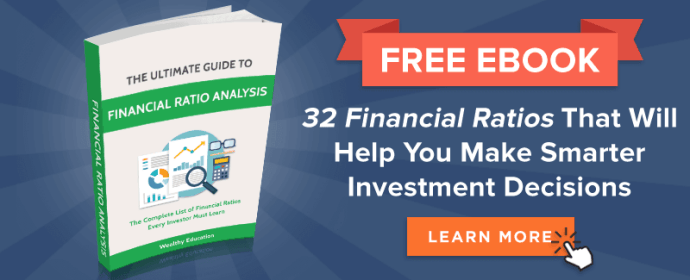This is an in-depth guide on how to calculate Long Term Debt Ratio with detailed interpretation, analysis, and example. You will learn how to utilize its formula to evaluate a firm's long-term debt position.
Definition - What is Long-term Debt Ratio?
The long-term debt ratio, often known as the long-term debt to total asset ratio, essentially measures the total amount of long term debt in relation to the total assets of a company.
This is a fundamental figure you will want to know because balance is key here.
A company that takes on comparatively more debt than it can handle is not in a very good position to meet all of its responsibilities.
You can learn more about how to calculate and interpret it below.
More...
Formula
The formula for the long term debt to total asset ratio is pretty much what you would expect it to be.
You simply divide a company’s total long term debt by its total assets. So the formula looks like this:

Long-term Debt Ratio = Long-term Debt / Total Assets
Both of these figures can be found on a company’s financial statements so if you want to do the math yourself, you definitely can.
Example
Imagine that Company X currently has $1,750,000 in total assets. The company’s long term debt currently stands at $1,380,000.
To calculate the long term debt ratio, then, we would use the following equation:

This gives us a long term debt to total assets ratio of 0.79. In other words, for every dollar of assets, the company has 79 cents of long term debt.
Interpretation & Analysis
A company with a 0.79 long term debt ratio has a pretty high burden of debt. It’s better than having a number above 1, however, because that would mean it had more long term debt than it did assets.
A high long term debt ratio means a high risk of not being able to meet its financial obligations.
Even 0.79 is not really ideal from a shareholder’s standpoint.
A company that has a lot of debt is not in the best position to pay out dividends.
While this ratio is not necessarily a sign to cut and run, you generally want to look for ratios below 0.50 if you’re looking to minimize risk and invest more conservatively.
If Company X is a relatively new business, this may not be a red flag at all.
The company could still be in the process of growing enough to reach a more stable long term debt ratio.
In this case, what you would want to check is the year over year change to that ratio.
Is it getting higher or lower?
If Company X is steadily chipping away at their debt, you can reasonably assume that they will soon reach a more attractive financial position.
Cautions & Further Explanation
The most important thing to remember is that long term debt does not account for all debt.
Long term debt includes things like mortgages and securities.
But companies also have short term debt obligations like rent and utilities.
Paying off these short term obligations could interfere with their ability to meet their long term obligations so you can’t afford to ignore them.
This ratio is a good predictor of their long term burden.
You’ll need to get the total debt to total assets ratio in order to see the bigger picture of how the company is doing right now.


